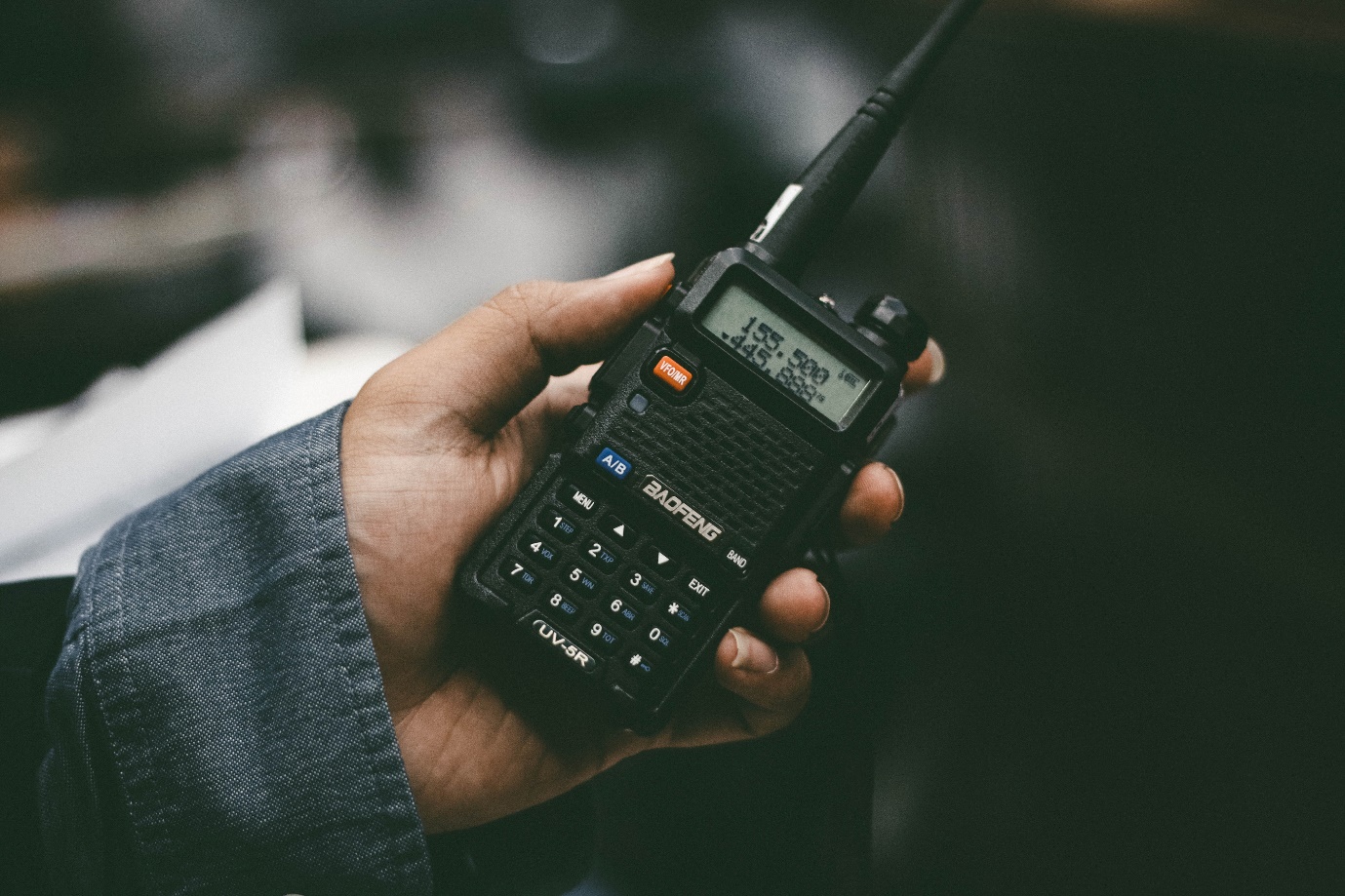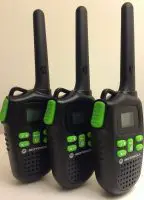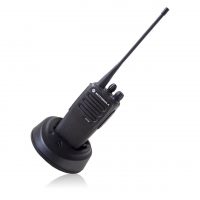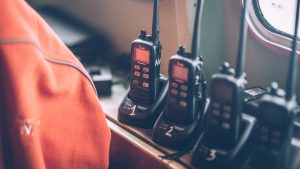Walkie talkies are a great way to stay in touch when you’re out and about. Whether you’re an avid hiker or just need something to keep you connected while skiing, they provide reliable communication between two people (or more). But before you buy a set of walkie talkies, there are several key factors you need to consider. From range and power supply requirements to frequency bands and privacy codes – here are seven things to consider when buying Walkie Talkies.
Table of Contents
What Is a Walkie Talkie?
Walkie talkies are handheld communication devices that allow two-way radio conversations over a distance. Unlike traditional cell phones, walkie talkies use radio waves to transmit signals, allowing them to work without a cellular tower or other types of infrastructure. This makes them ideal for outdoor activities and places where cell phone service may be unreliable or unavailable.
Walkie talkies are available in different sizes and shapes, with some as small as a remote control and others resembling traditional mobile phones. The most common types come equipped with an LCD, push-to-talk button, volume control dial, and multiple frequency bands. Some models can even support multiple channels so users can switch between different conversations, while others feature built-in GPS tracking options.
Factors To Consider When Buying Walkie Talkies
1. Range
One of the most important factors to consider when buying a walkie talkie is the range. This is typically measured in miles and refers to the farthest distance over, which it can effectively transmit and receive signals. The actual range may vary, depending on several factors, such as terrain, weather, altitude, and obstructions like trees or buildings.
Most walkie talkies have an advertised range of up to 20 miles or more under ideal conditions. However, in reality, this number can vary significantly due to environmental conditions, so it’s important to take this into account when selecting a model. Some models also feature an integrated antenna booster for even better reception.
2. Frequency Bands
Another key factor related to range is the frequency band the device operates on. Different bands offer different levels of power, allowing them to reach different distances, depending on the environment they are being used in.
For example, UHF (Ultra High Frequency) walkie talkies usually provide better performance indoors due to their shorter wavelength but don’t generally travel as far outdoors as VHF (Very High Frequency) ones do due to their longer wavelength.
When shopping for a walkie talkie, it’s important to consider the type of environment in which you plan to use it. For example, if you will be using it predominantly indoors, then a UHF walkie talkie is probably best. A VHF option would likely be more suitable outdoors or over long distances.
3. Power Supply Requirements
The power supply requirements of your chosen walkie talkies should also be taken into account when making your purchase. Some models rely on disposable batteries, while others can be recharged with an AC adapter or via a USB connection. Keep in mind that rechargeable options may require additional accessories like charging docks and wall adapters.
In addition, some models allow users to switch between different power sources depending on the situation. Some even feature built-in solar panels or hand-crank generators for when other options are unavailable. It is important to consider your power needs before making a purchase.
4. Privacy Codes & CTCSS/DCS
Many walkie talkies also feature privacy codes and the ability to set up CTCSS (Continuous Tone-Coded Squelch System) and DCS (Digital Coded Squelch) systems that allow users to communicate without any interference from other nearby users.
This is especially useful in areas where there may be multiple people using the same frequency band. By setting up a private channel, you can ensure that only those with permission can listen in on your conversations or use the same channel without interruption. It’s important to note that not all models support these features, so make sure to check beforehand if this is something you require.
5. Size & Weight
The size and weight of your chosen walkie talkies should also be taken into account when making a purchase. Some models are as small as a typical remote control, while others look like traditional mobile phones. The size and weight of the device can make a big difference in terms of portability, comfort, and usability.
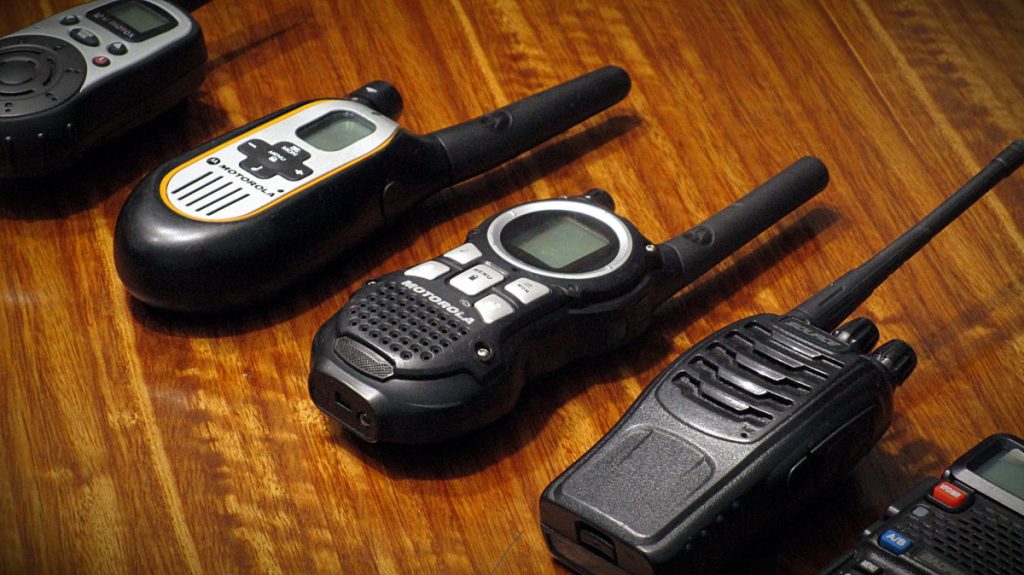
Larger devices may have more features but may not be as comfortable to carry around or use for extended periods. On the other hand, smaller devices may provide adequate performance but fewer features than their bigger counterparts. It’s important to consider both factors before making your decision.
6. Durability & Weather Resistance
Durability and weather resistance are also important factors to consider when buying walkie talkies. Many models are waterproof or water-resistant, but the degree of protection varies, depending on the model. If you plan to use your device in wet conditions or extreme temperatures, it’s best to select a model that is designed for these environments.
Ski walkie talkies are also available for those who plan to use their devices at high altitudes and extreme temperatures. These models typically feature waterproof exteriors and are designed to withstand the elements while providing clear audio reception.
7. Additional Accessories & Features
Finally, there are many additional accessories and features that can enhance your experience with a walkie talkie. Some models come with extra microphones and headsets, while others include LED flashlights or emergency alert buttons. Be sure to check what accessories are included with your device before making a purchase.
Closing Thoughts
By considering all of the above factors when buying a walkie talkie, you can find the perfect model for you and your needs. Whether you’re shopping for waterproof walkie talkies for skiing or a more traditional model, these tips will help you make an informed decision.
At Walkie Talkie Central, you’ll be able to find the right device for whatever your communication needs may be – whether it’s waterproof models or ski walkie talkies – as well as additional accessories and helpful buying guides to make sure you get the best product possible.


